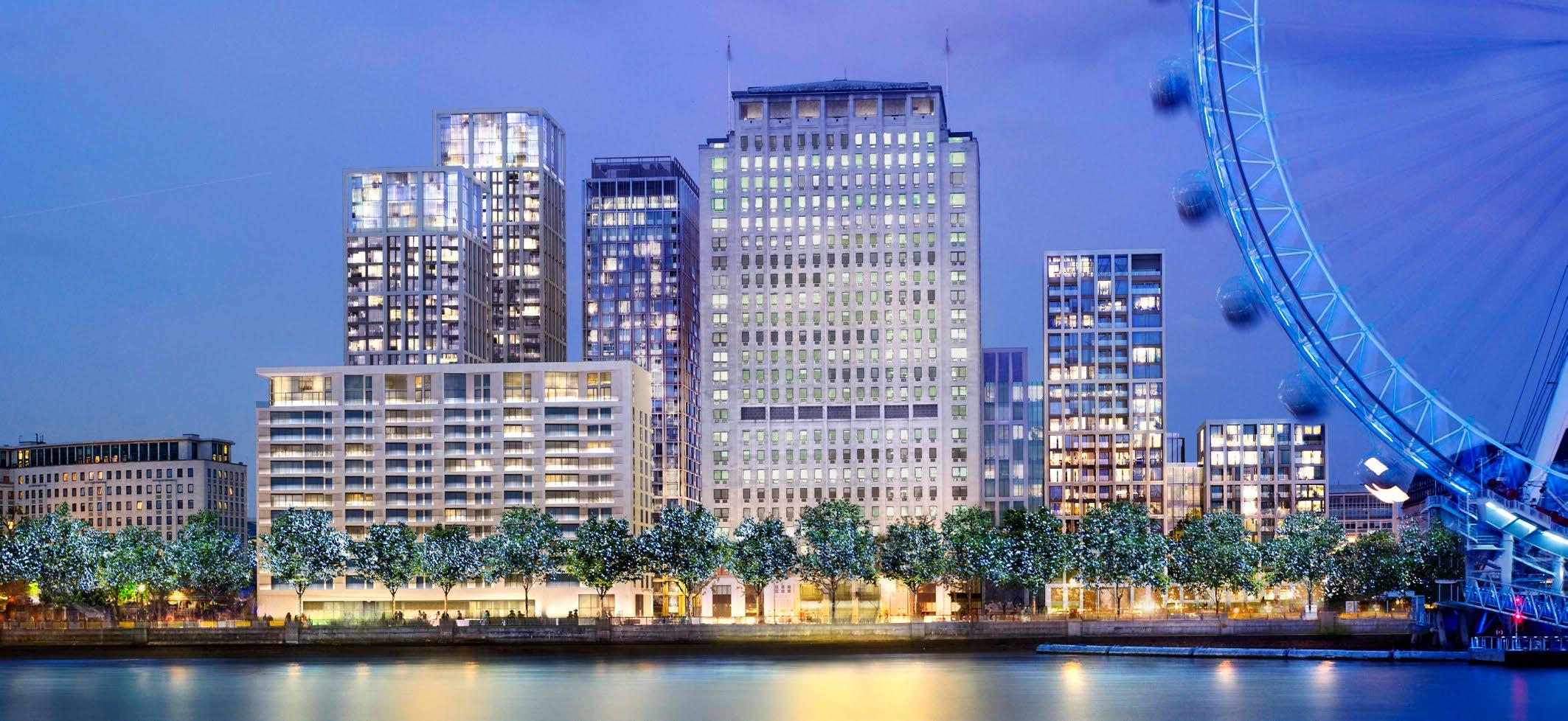
3 minute read
How augmented reality increases service productivity
It was certainly a curious phenomenon when an online game, of all things, sent countless thousands of gamers worldwide outdoors on the prowl. After the hype surrounding “Pokémon GO”, most people will now be familiar with the concept of augmented reality.
The hype has matured
Technological developments have always influenced how we experience the real world. Augmented reality (AR) blurs the line between human sensory perception and the virtual world. Enhanced information in the form of text, graphics or even sound is added to the visual impressions. In contrast to virtual reality – an experience based on simulation – the “real world” element, and our interaction with it, remains very much in place.
The technology behind this, however, is not just a trend in gaming circles. Augmented reality was already prevalent on the tech scene a number of years ago. Research company Gartner has ceased to refer to it as an emerging technology but as a mature one instead. In fact, on their latest chart of annual hype topics in terms of new technologies, augmented reality no longer even gets a look in!
(Gartner)
The maturity of the technology is reflected in its many applications – from product development to manufacturing processes or logistics planning, through to marketing of products and services. In retail in particular, using augmented reality not only promises novel shopping experiences, it also offers potential savings through virtual sales areas. Interest from consumers is certainly there. Furthermore, many companies are still frantically working to see how they can take their brand experience to new levels.
Augmented reality is also being deployed for maintenance and support. Indeed, it has proven itself to be a powerful tool in facility management. As early as last year, SAUTER reported on how it implemented augmented reality in its major QUARTET project (SAUTER Facts No. 37). This example illustrates the benefits for equipment maintenance and repair, and how time can be saved and operating costs can be lowered.
modulo 6 app with AR function
The modulo 6 system family features the latest-generation building automation systems from SAUTER. Automation stations are embedded in the “Internet of Things” for intelligent buildings, with operation fine-tuned by dovetailing the various systems for heating, ventilation, air conditioning, lighting, window blinds and energy. When developing products, SAUTER’s top priority is ensuring that devices are consistent and as user-friendly as possible – hence the obvious decision to combine augmented reality in modulo 6 with its existing intuitive operation.
And this is how it works
It essentially functions in the same way as the current modulo 6 app for iOS and Android. When the app is activated, it detects any available devices, i.e. automation stations. The user accesses the augmented reality function via the main navigation. They then have the option to point their mobile phone camera at the selected automation station in the cabinet. This will allow all the connections, real-time values and signal labels to be displayed on the mobile phone screen exactly where the automation station has captured the data. This does away with the need to perform any time-consuming labelling.
Values can be altered easily on the touchscreen – without switching to the app’s service system. What’s more, all adjustments made by the technician are registered in real time.
Until now, signal labels were often updated inadequately – if at all – after repairs or conversions were carried out. On the mobile phone screen, such labels are recognisable at a glance. modulo 6 and augmented reality enable operators and maintenance services to view the correct and most up-to-date information – whenever and wherever needed.
This technical opportunity centres on people: the augmented reality application also helps end users achieve their personal work targets without requiring expert knowledge about how tracking works. They can then focus all their attention on the key values and hence work towards optimising them.

Further information about modulo 6: www.sauter-controls.com










